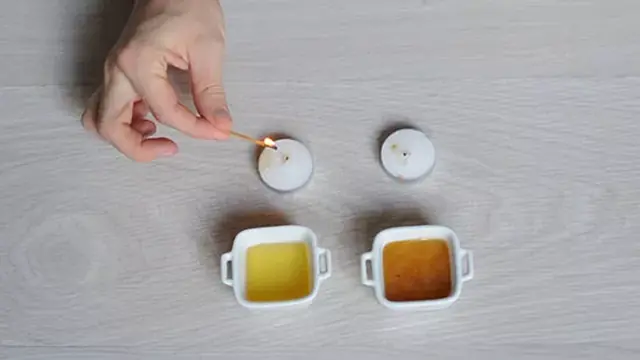
So this is the identity of the culprit behind those strange little bags on our walls
Have you ever wondered about this strange package stuck on the wall? Today we will know the answer.
Take a look around your house, can you see this tiny package on the wall?

Surely everyone has seen this bag on the wall, right?
It looks like a bunch of dust, but it is actually a type of insect. It is the cocoon of the silk moth, with a very catchy scientific name - Tineola bisselliella. And it looks harmless, but in fact this is a species that can cause quite a lot of trouble for us.
It all starts when the mother moth lays eggs. Each time she lays eggs, there are 100 - 400 tiny eggs, only about 0.5mm each. Depending on the temperature and humidity of the environment, the eggs will hatch after 4 - 10 days, becoming silk moth larvae with the shape of a worm.
This is also the stage when they become the most destructive, because their food is the fabric fibers from towels, carpets or our clothes.
Sometimes, you suddenly have holes on your clothes that you don't know where they came from? Yes, it's because of you guys.
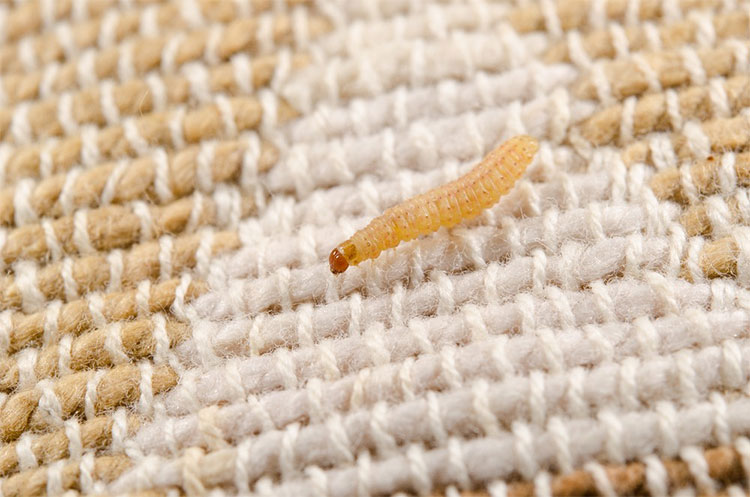
Moths absorb water by eating tiny water droplets in the air.
Moths cannot drink water in the usual way, but absorb water by eating tiny water droplets in the air. Therefore, they prefer humid places and are especially attracted to food, drink or sweat stains on clothes.
When the moth larvae are large enough and meet suitable temperature conditions, they will begin to create cocoons to live in, preparing for a grand "comeback" - that is, transforming into adult moths. We often notice moths when they enter this stage - when they are no longer busy looking for food.
Being a caterpillar that lays microscopic eggs, and is camouflaged by an oval shell that is usually gray or dark brown, you have to be extremely sharp-eyed and attentive to see them moving.
However, this insect species is very "preferred" to humid and dark places, which is the "territory" for them to reproduce and develop more and more.
Following this stage, the larvae gain wings, leave the cocoon and begin their life in a new form - some places also call it a "nặc chị". In addition to causing itching, moths in this metamorphosis are almost harmless and no longer eat clothing fibers.
However, they are the future parents of moth larvae, so destroy them if possible.
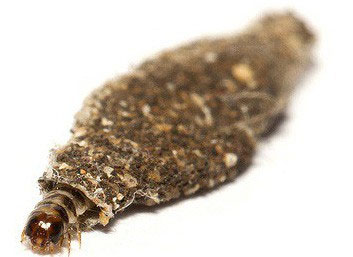
At this stage, they are no longer busy looking for food.
If they are so harmful, is there any way to destroy them?
In fact, in many cases, a small number of moths often do not cause significant damage, so we do not need to worry too much, except for the possible itching if the cocoon sticks to the body. However, there is no reason why we should not immediately eliminate this "destructive" because of the harm they cause to your home and family belongings.
To eliminate this "annoying" insect and keep the house and wardrobe clean and free of damage, it is necessary to regularly clean and wipe the house, beds, blankets, pillows, etc. Do not let your family's living space be damp and dark, creating conditions for them to hide and develop.
The wardrobe should be placed in a clean, airy place, avoiding damp places. You should also choose a fragrant wooden wardrobe that is insect-proof or use scented wax or moisture-proof bags for fabrics, placing them in the wardrobe to limit the appearance of fabric moths.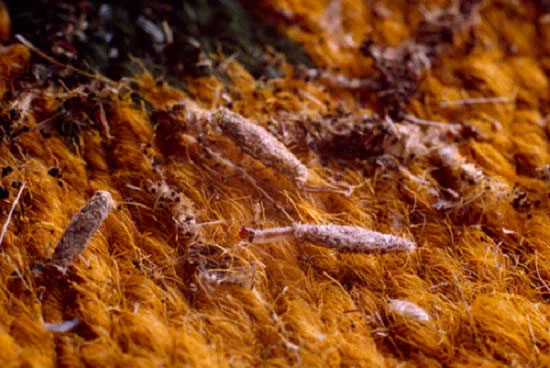
Avoid creating damp places, which are conditions for moths to develop.
In addition, after wearing clothes, they need to be washed and dried thoroughly before being put in the wardrobe, avoid putting dirty or damp clothes in the wardrobe, which can create a "nest" for moths.
Regularly check and clean the wardrobe if you find small holes in the clothes. With these preventive measures, your house and wardrobe will always be clean and will never have harmful insects like moths.
News in the same category

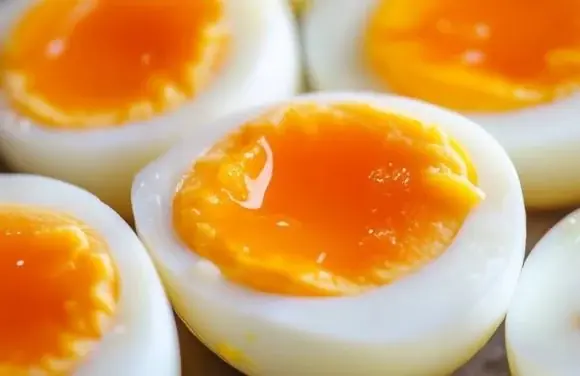
Doctors Warn: This Common Way of Eating Boiled Eggs Can Clog Your Arteries
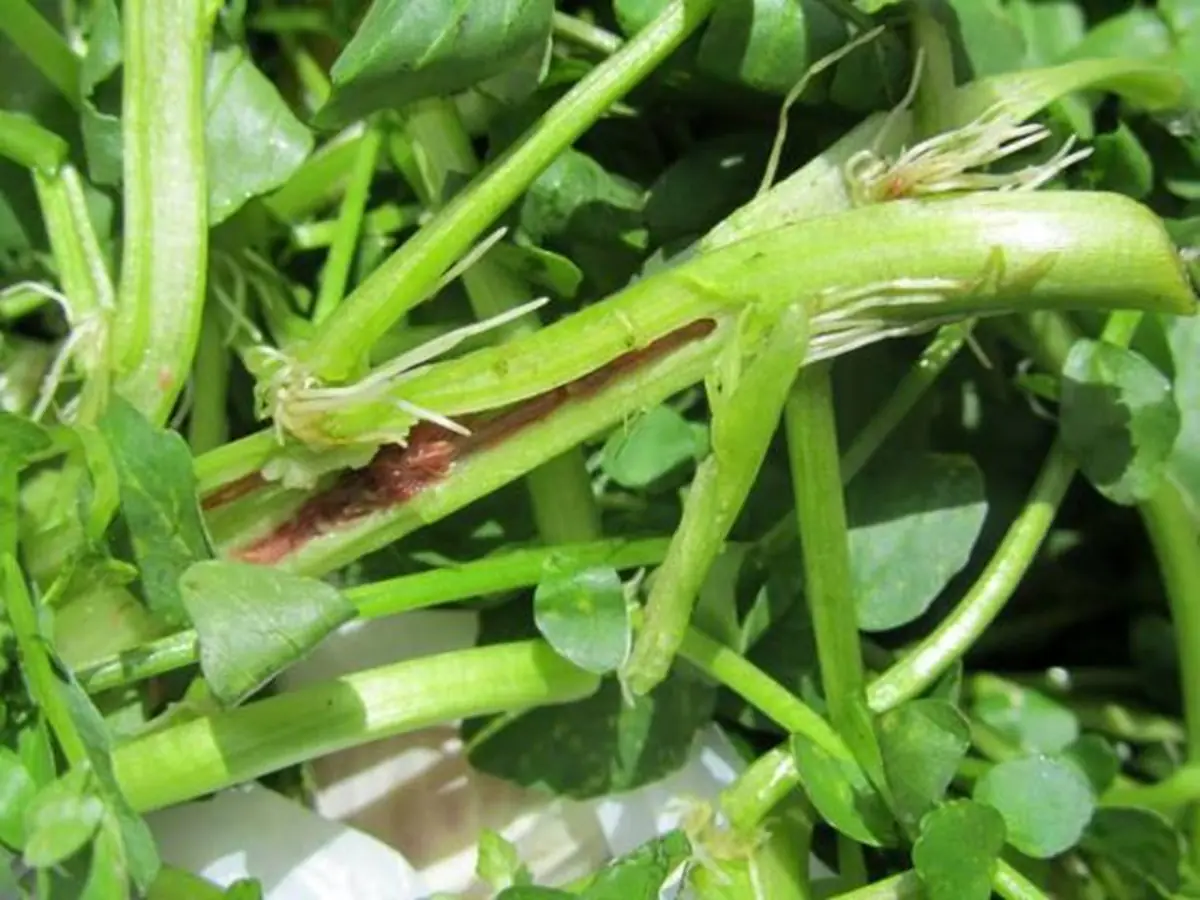
2 Common Vegetables That Can Harbor Parasites
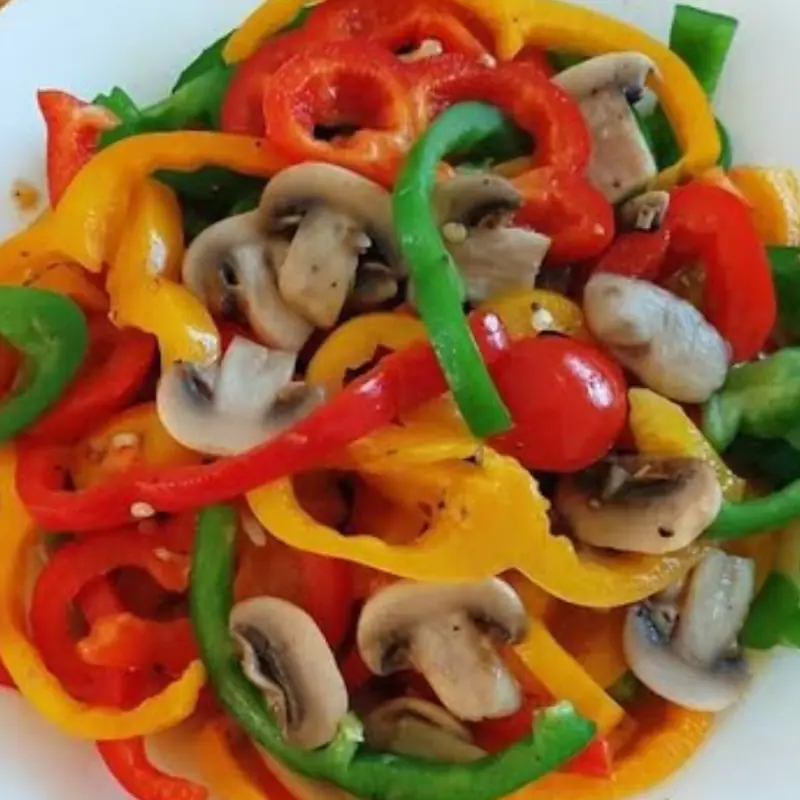
The 'Vitamin C King' of the Vegetable World

Avoid Swimming If You Spot 'Square Waves'
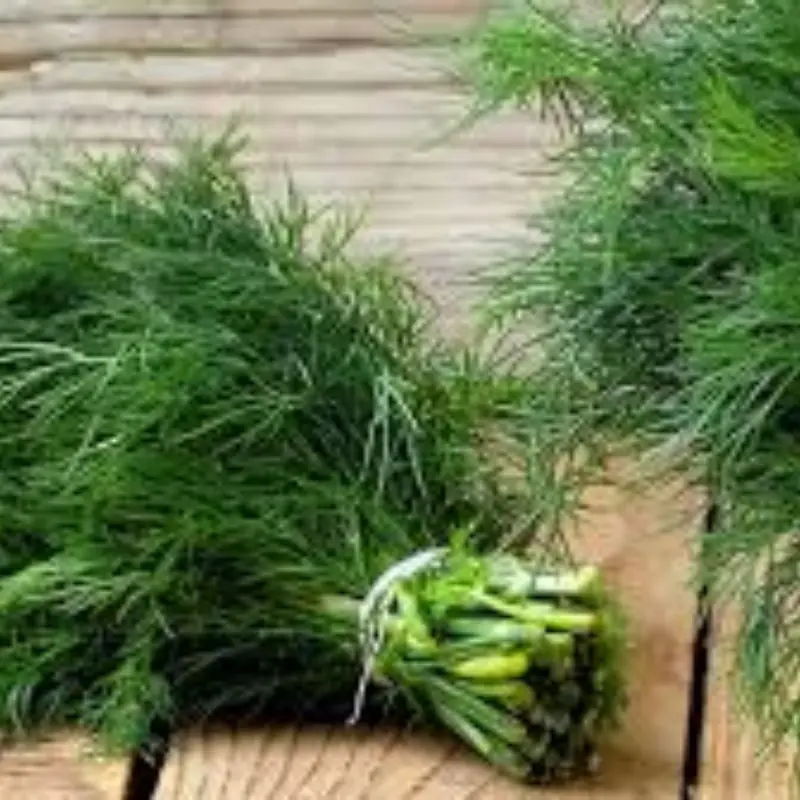
3 Green Vegetables Called the “King” of Sto.mach Protection
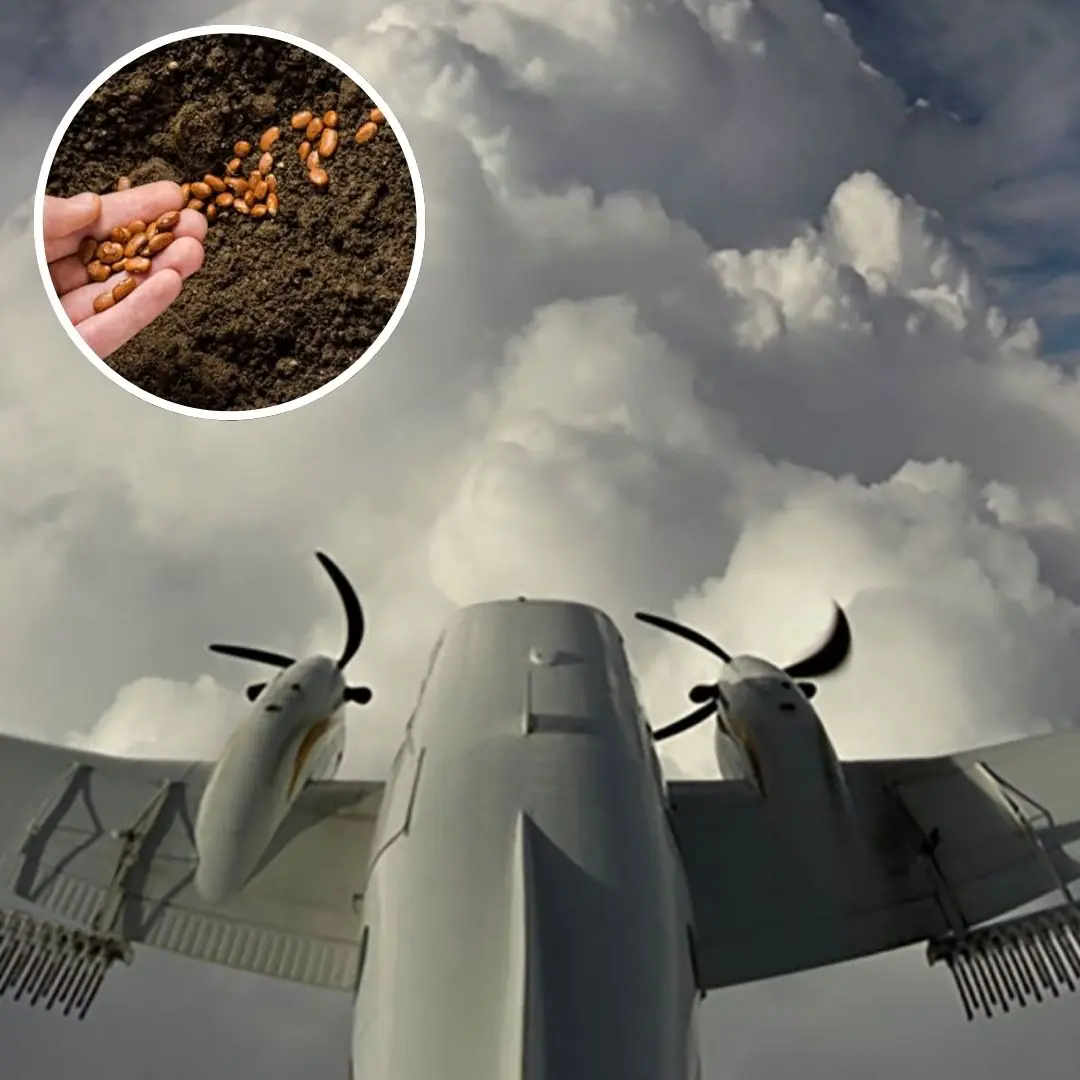
Why You Should Not Bring Seeds on a Plane: A Detailed Explanation
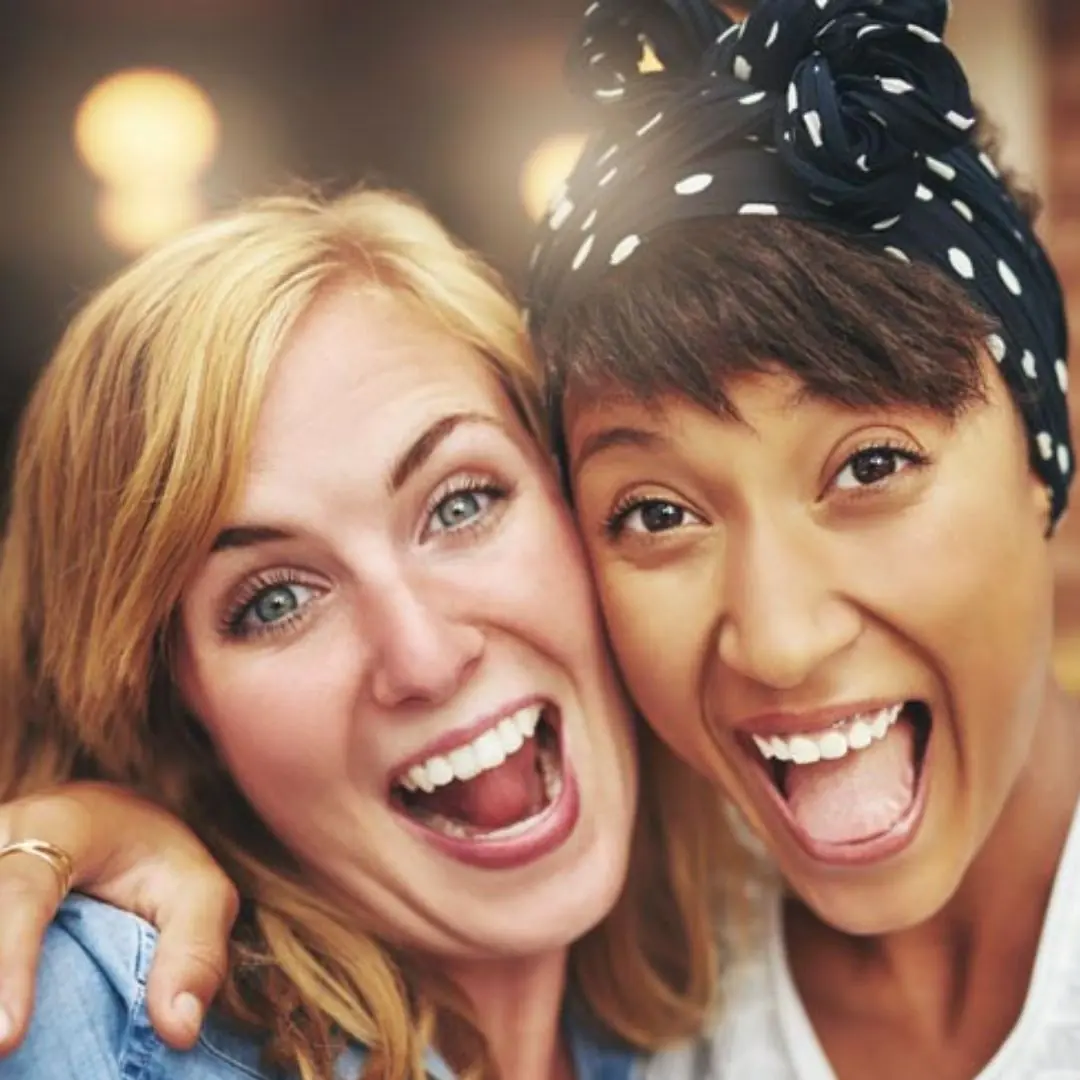
10 Powerful Reasons a Simple Smile Can Change Your Life

3 Common Mistakes in Storing Watermelon During Summer

When Buying Oysters, Avoid These 3 Types
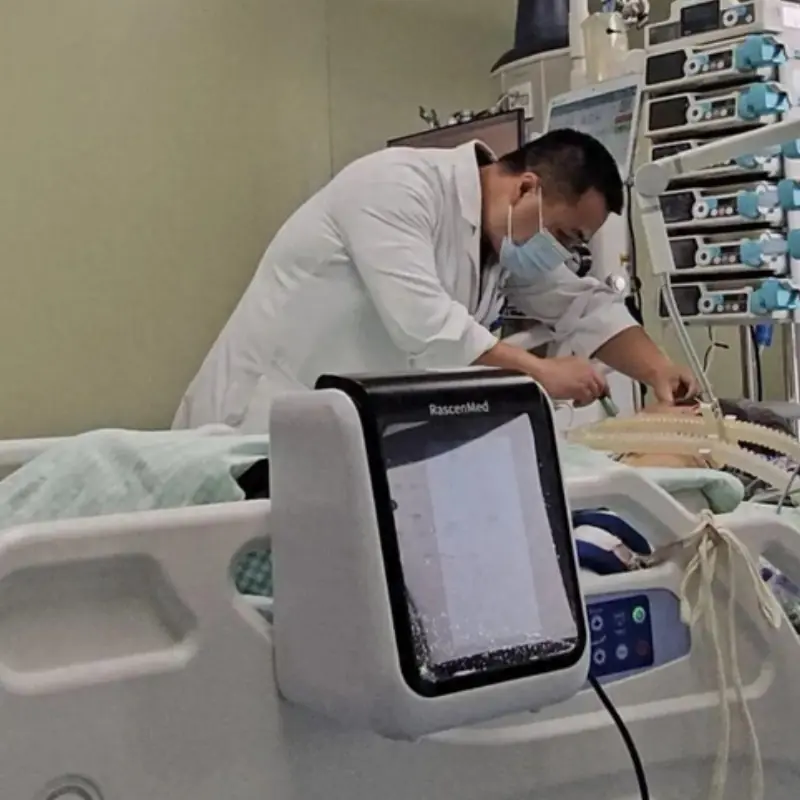
Woman Suddenly Suffers Kid.ney Failure After a Meal

Why Dogs and Cats Often Hate Each Other—Most People Don’t Know This

4 Morning Habits That Increase Str.oke Risk—Avoid Them at Any Age
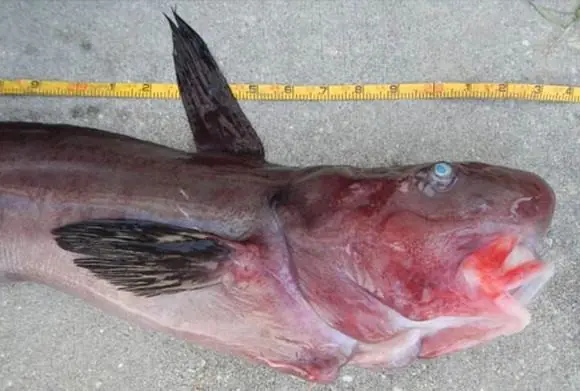
Smart Shoppers Avoid These 3 Types of Fish at the Market
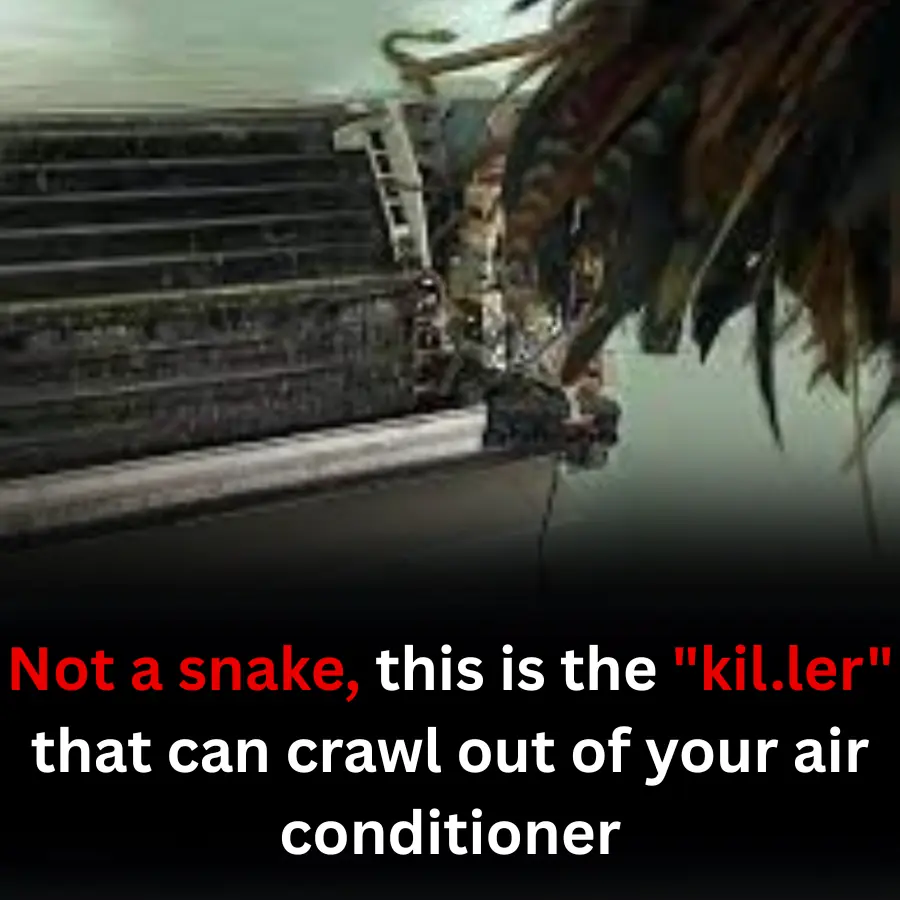
Not a snake, this is the "kil.ler" that can crawl out of your air conditioner
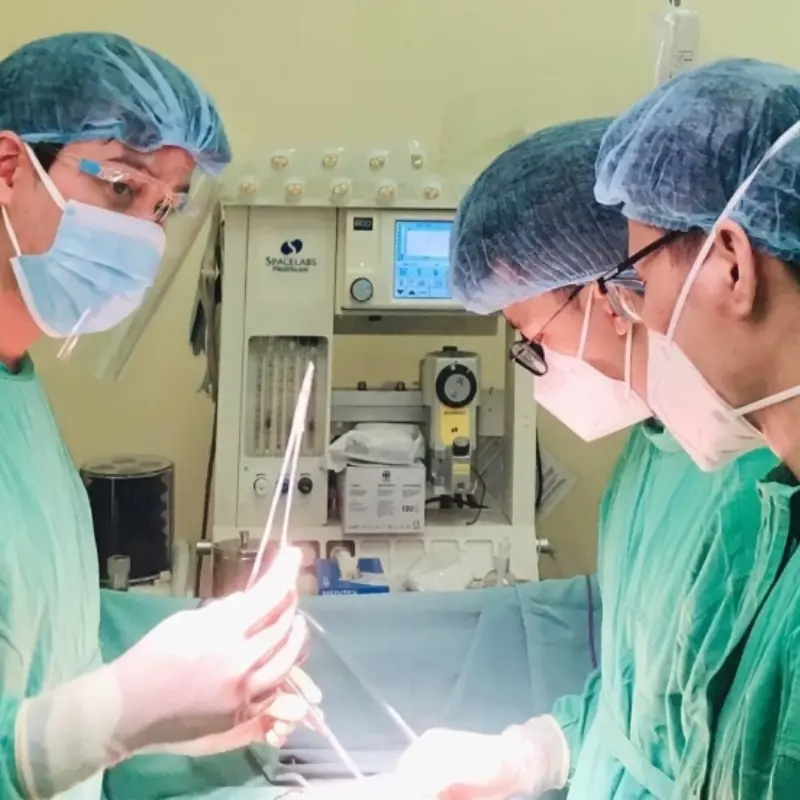
Doctors Discovered 6 Morning Habits Shared by Most Can.cer Patients
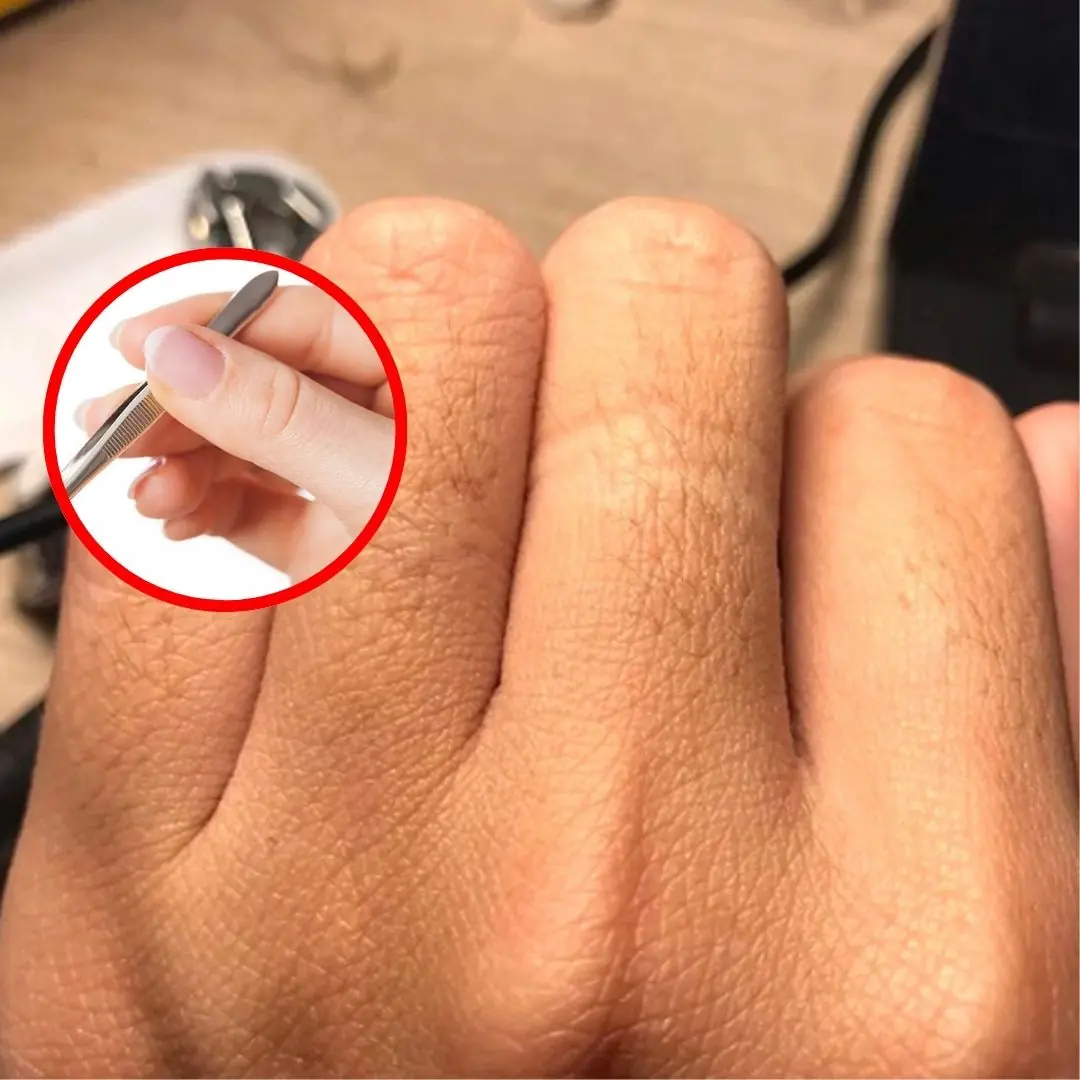
Why do women grow a lot of hair on their fingers?

20 Signs of Can.cer That Women Often Ignore
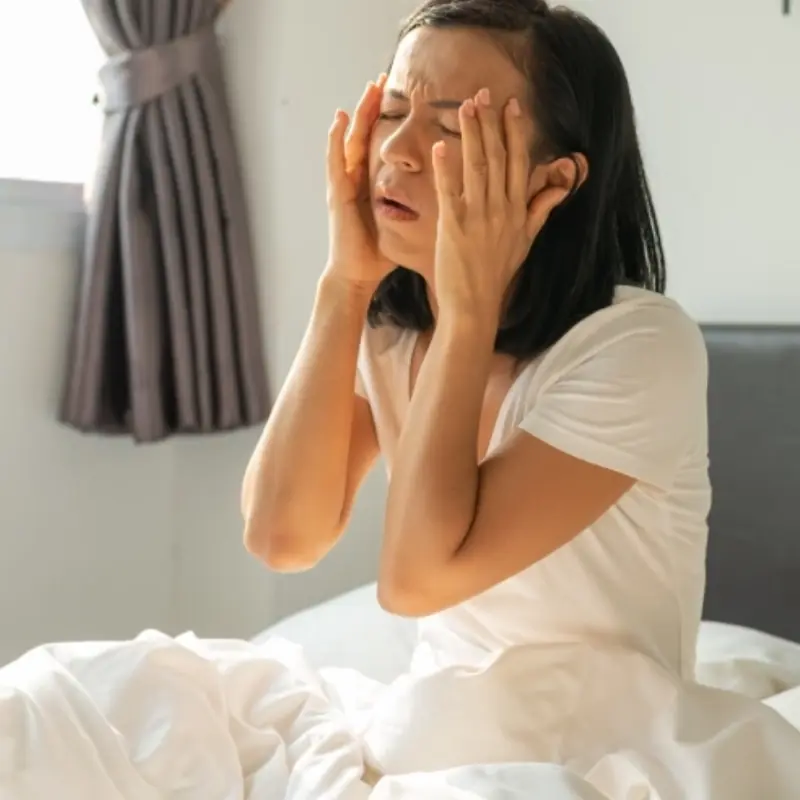
4 things you do in the morning that bring you closer to a str.oke

Garlic Is Healthy for Most But for These 4 Groups of People, It Can Be Dangerously Toxic
News Post

Doctor Urges 4 Actions to Protect Your Body’s "Blo.od Filter"

6 Smart Tips for Choosing Quality Honey Sellers Don’t Want You to Know
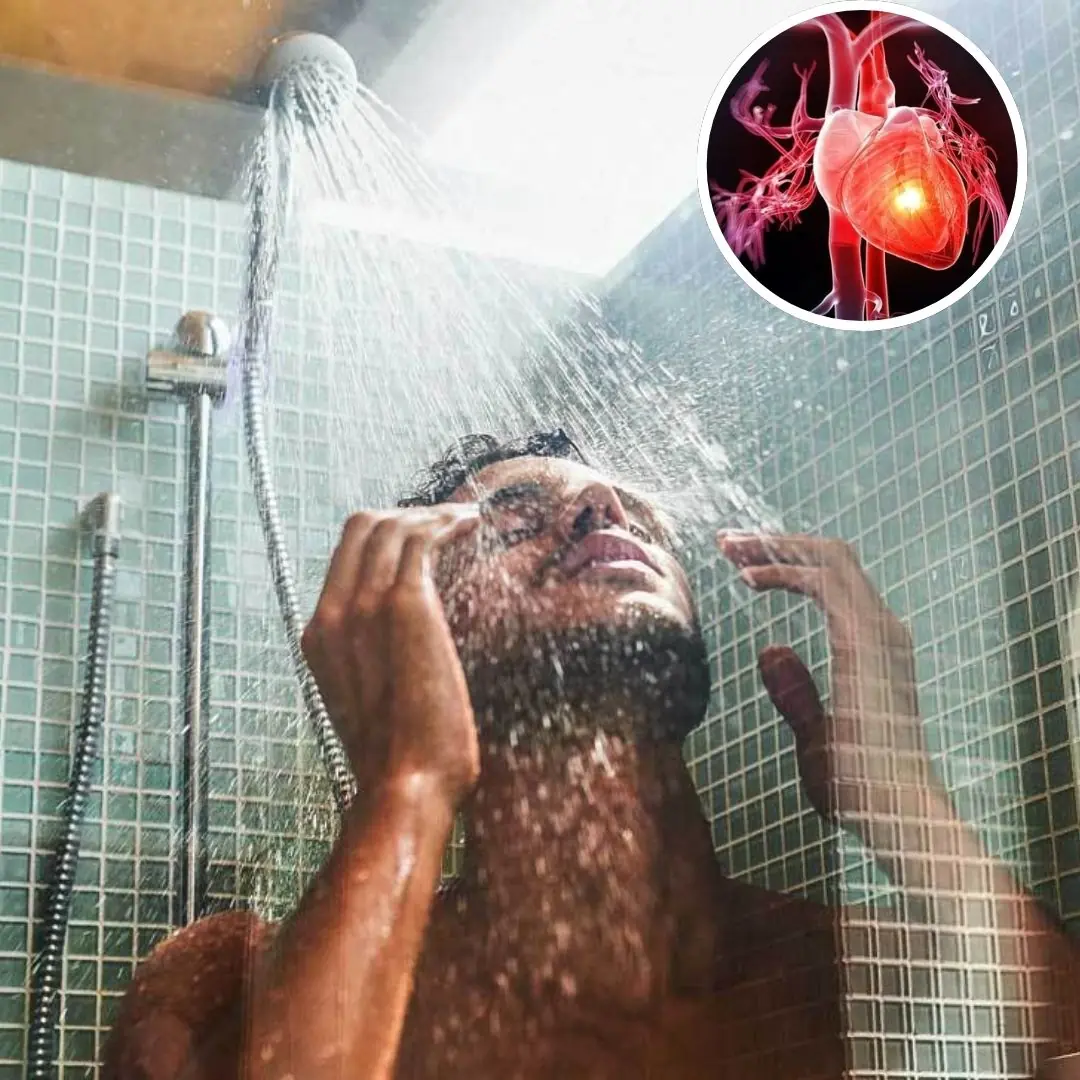
Can overly hot baths harm your heart and circulation?
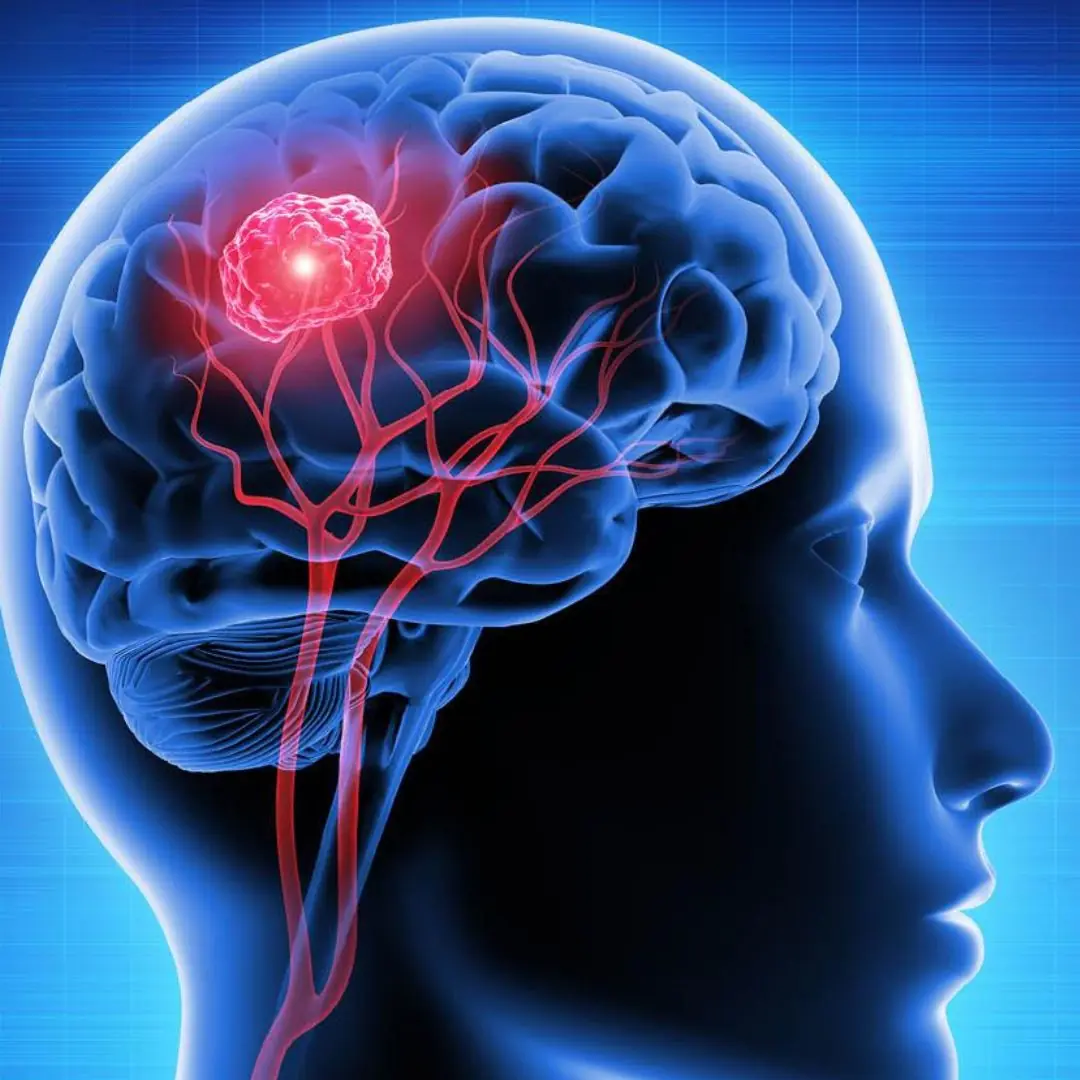
7 signs of brain c.a.ncer that are easily confused with other diseases
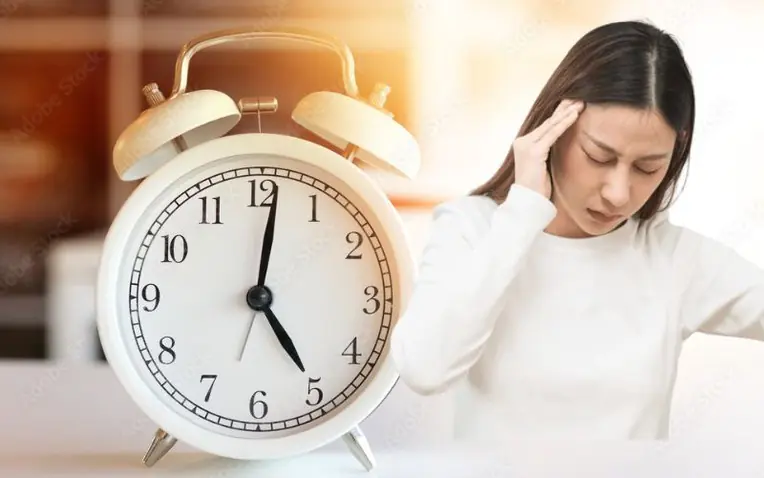
4 Things to Avoid After 5 PM to Lower Your Risk of Stro.ke

Doctors Warn: This Common Way of Eating Boiled Eggs Can Clog Your Arteries
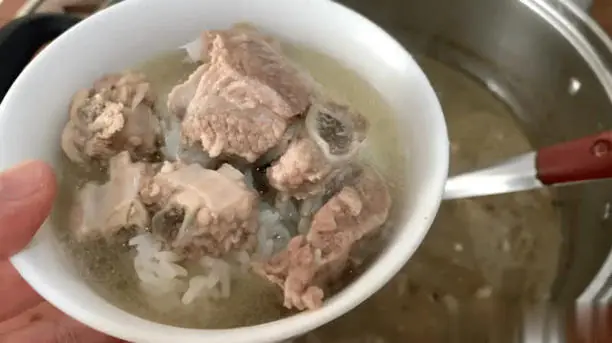
Blanch Bones First or Simmer Directly?

2 Common Vegetables That Can Harbor Parasites

The 'Vitamin C King' of the Vegetable World

Avoid Swimming If You Spot 'Square Waves'

3 Green Vegetables Called the “King” of Sto.mach Protection

Why You Should Not Bring Seeds on a Plane: A Detailed Explanation
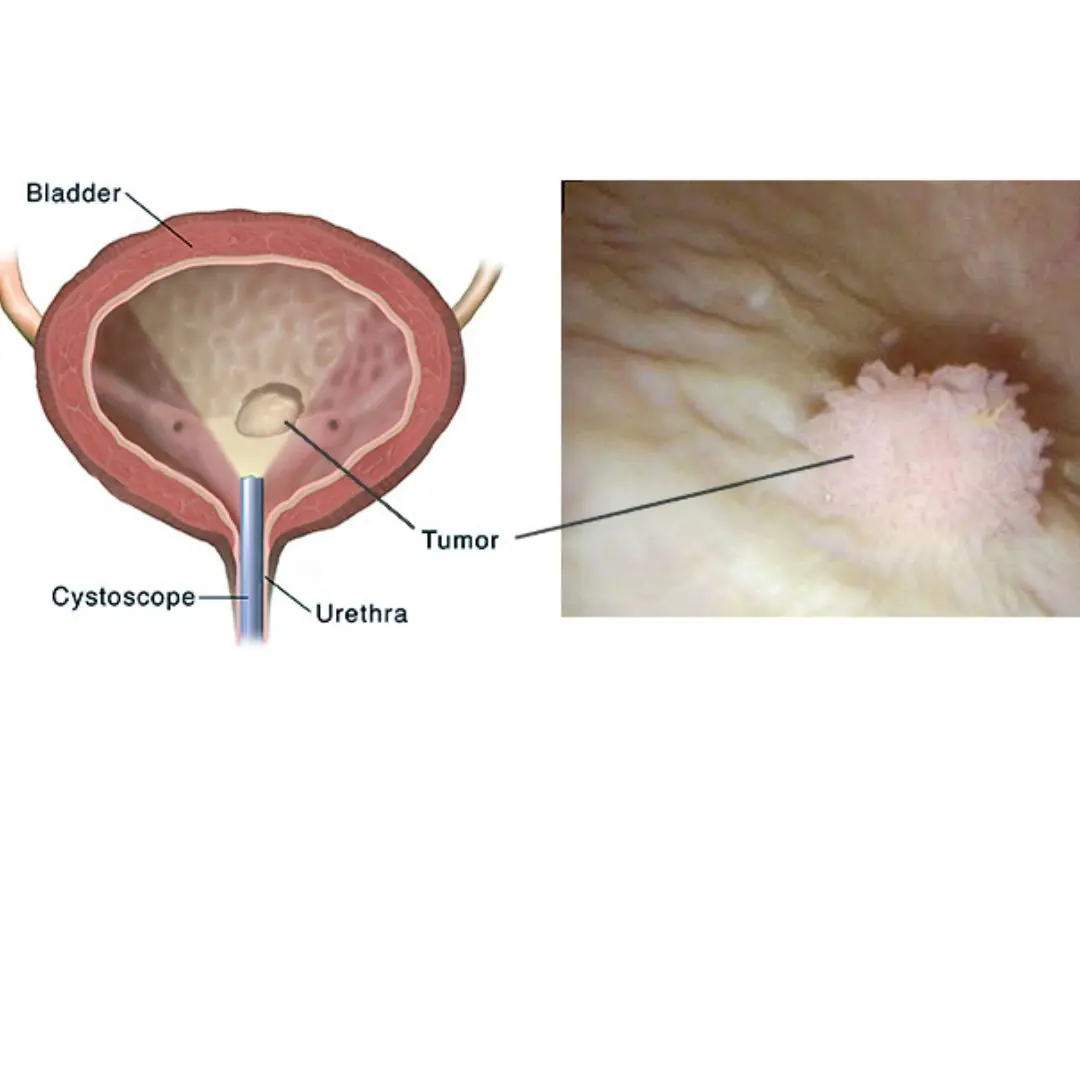
Bladder Ca.ncer: Symptoms You Shouldn’t Ignore

4 Healing Drinks to Prevent and Dissolve Kidney Stones

10 Powerful Reasons a Simple Smile Can Change Your Life
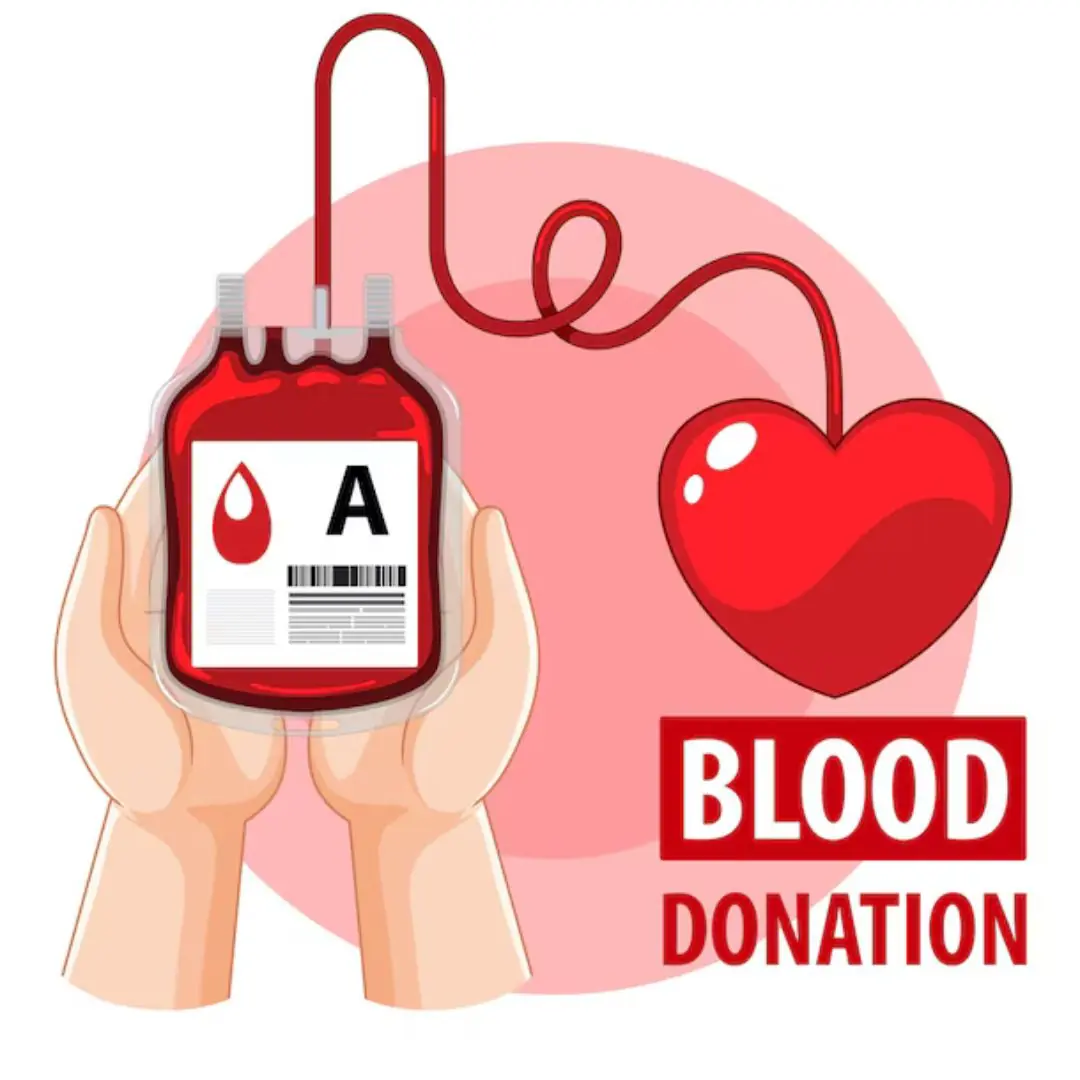
The Surprising Benefits of Donating Bl.o.od

5 types of vegetables and fruits help cool the liver and effectively lower liver enzymes

Top vegetable to help reduce visceral fat extremely effectively, nutritionist reveals 4 more easy ways to lose weight

Woman Sudden Kidney Failure After Meal: Doctor Says “This Vegetable Is Poisonous… You Shouldn’t Eat It”
